Gaia Theory: Books
Further resources, if available, can be found in our full bibliography.
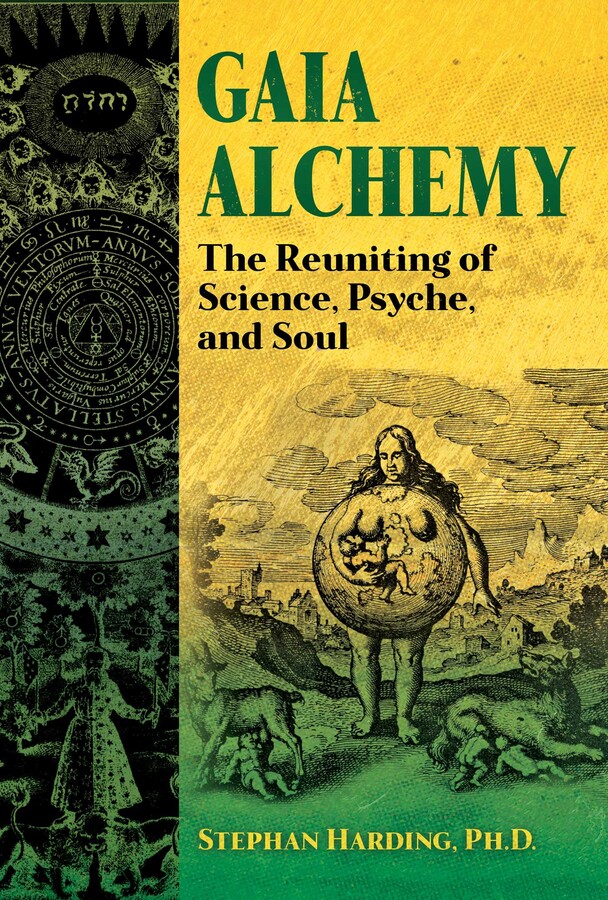
The book begins with compelling introductions to depth psychology, alchemy, and Gaia theory—the science of seeing the Earth as an intelligent, self-regulating system, a theory pioneered by the author’s mentor James Lovelock. Harding then explores how alchemy, as understood through the depth psychology of C. G. Jung, offers readers powerful methods of reuniting rationality and intuition, science and soul. He examines the integration of important alchemical engravings, including those from L’Azoth des Philosophes and the Rosarium Philosophorum, with Gaian science. He shows how the seven key alchemical operations in the Azoth image can help readers develop deeply transformative experiences and insights into their interconnectedness with Gaia. He then looks at how the four components of the living Earth—biosphere, atmosphere, hydrosphere, and lithosphere—mesh not only with the four elements of alchemical theory but also with the four functions of consciousness from depth psychology.
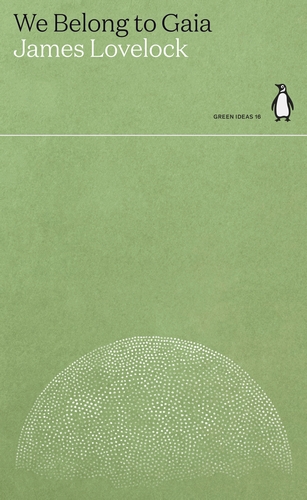
James Lovelock’s We Belong to Gaia draws on decades of wisdom to lay out the history of this remarkable planet, to show that it does not belong to humans nor is it to be exploited–and warns readers that it is fighting back.
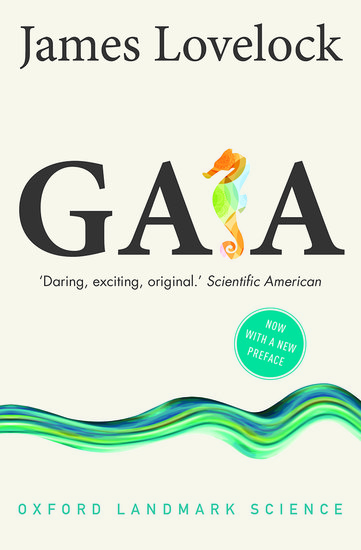
In this classic work, originally published in 1979, Jim Lovelock puts forward the idea that the Earth functions as a single organism. Written for non-scientists, Gaia is a journey through time and space in search of evidence in support of a radically different model of the planet. In contrast to conventional belief that life is passive in the face of threats to its existence, the book explores the hypothesis that the Earth’s living matter influences air, ocean, and rock to form a complex, self-regulating system that has the capacity to keep the Earth a fit place for life. Since Gaia was first published, Jim Lovelock’s hypothesis has become a hotly debated topic in scientific circles. In a new Preface to this edition, he outlines his view of the present state of the debate.
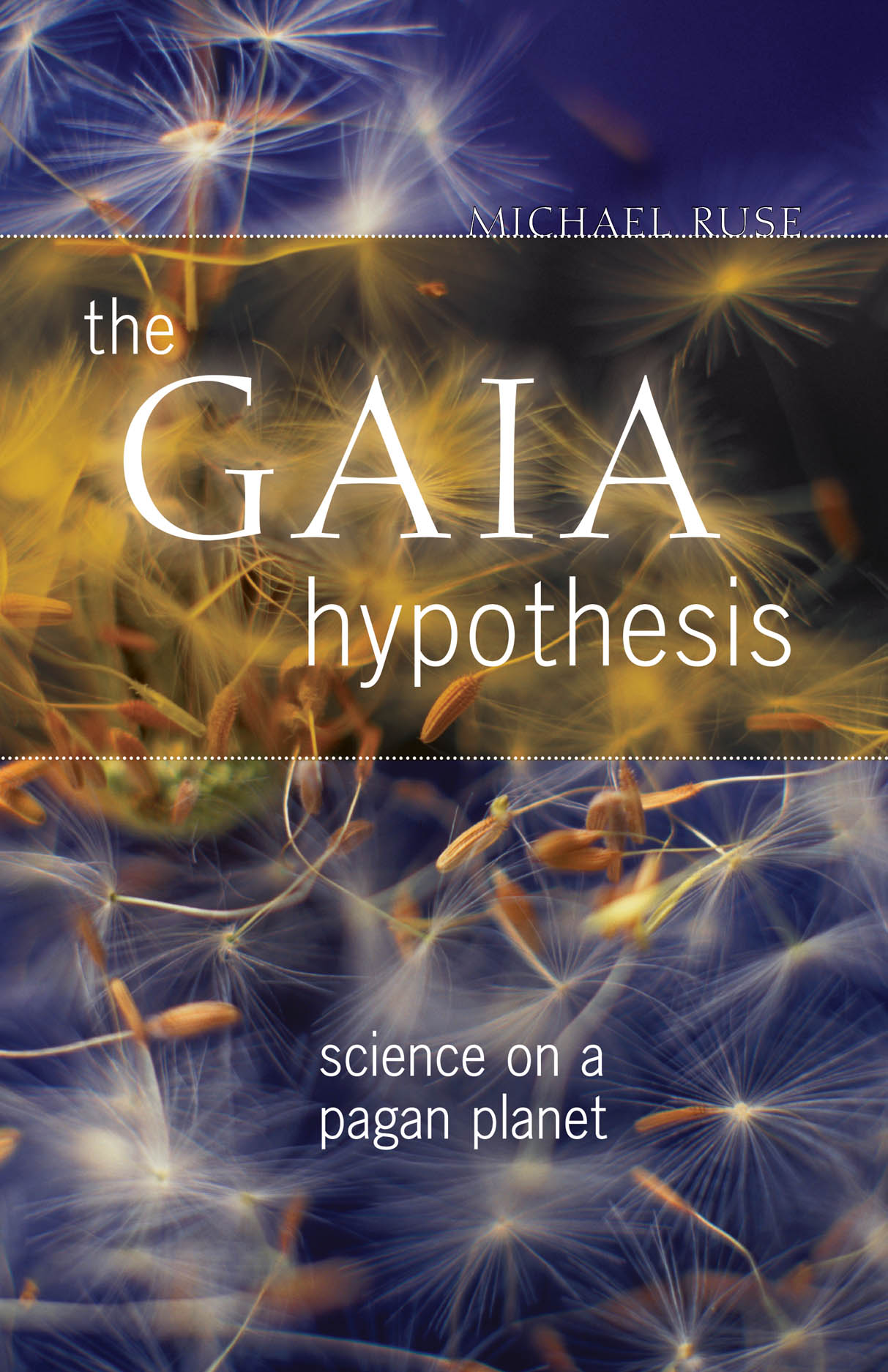
In The Gaia Hypothesis, philosopher Michael Ruse, with his characteristic clarity and wit, uses Gaia and its history, its supporters and detractors, to illuminate the nature of science itself. Gaia emerged in the 1960s, a decade when authority was questioned and status and dignity stood for nothing, but its story is much older. Ruse traces Gaia’s connection to Plato and a long history of goal-directed and holistic—or organicist—thinking and explains why Lovelock and Margulis’s peers rejected it as pseudoscience. But Ruse also shows why the project was a success. He argues that Lovelock and Margulis should be commended for giving philosophy a firm scientific basis and for provoking important scientific discussion about the world as a whole, its homeostasis or–in this age of global environmental uncertainty—its lack thereof.
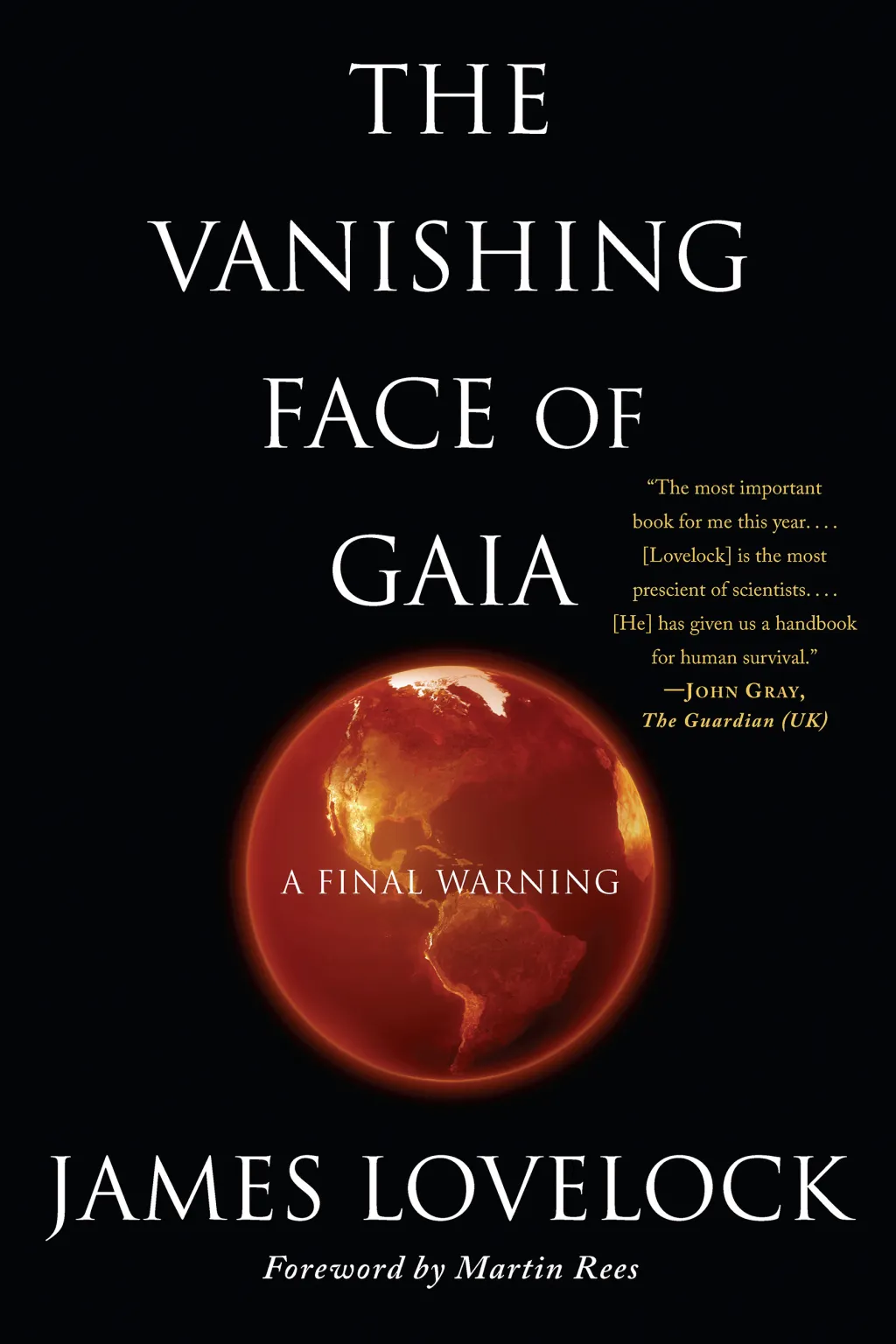
The global temperature is rising, the ice caps are melting, and levels of pollution across the world have reached unprecedented heights. According to eminent scientist James Lovelock, in order to survive an assault from her dependents, the Earth is lurching ever closer to a permanent “hot state.” Within the next century, humans will almost certainly be forced to give up many of the comforts of western living as supplies are threatened. Only the fittest–and the smartest–will survive. A reluctant jeremiad from one of the environmental movement’s elder statesmen, The Vanishing Face of Gaia offers an essential wake-up call for the human race.
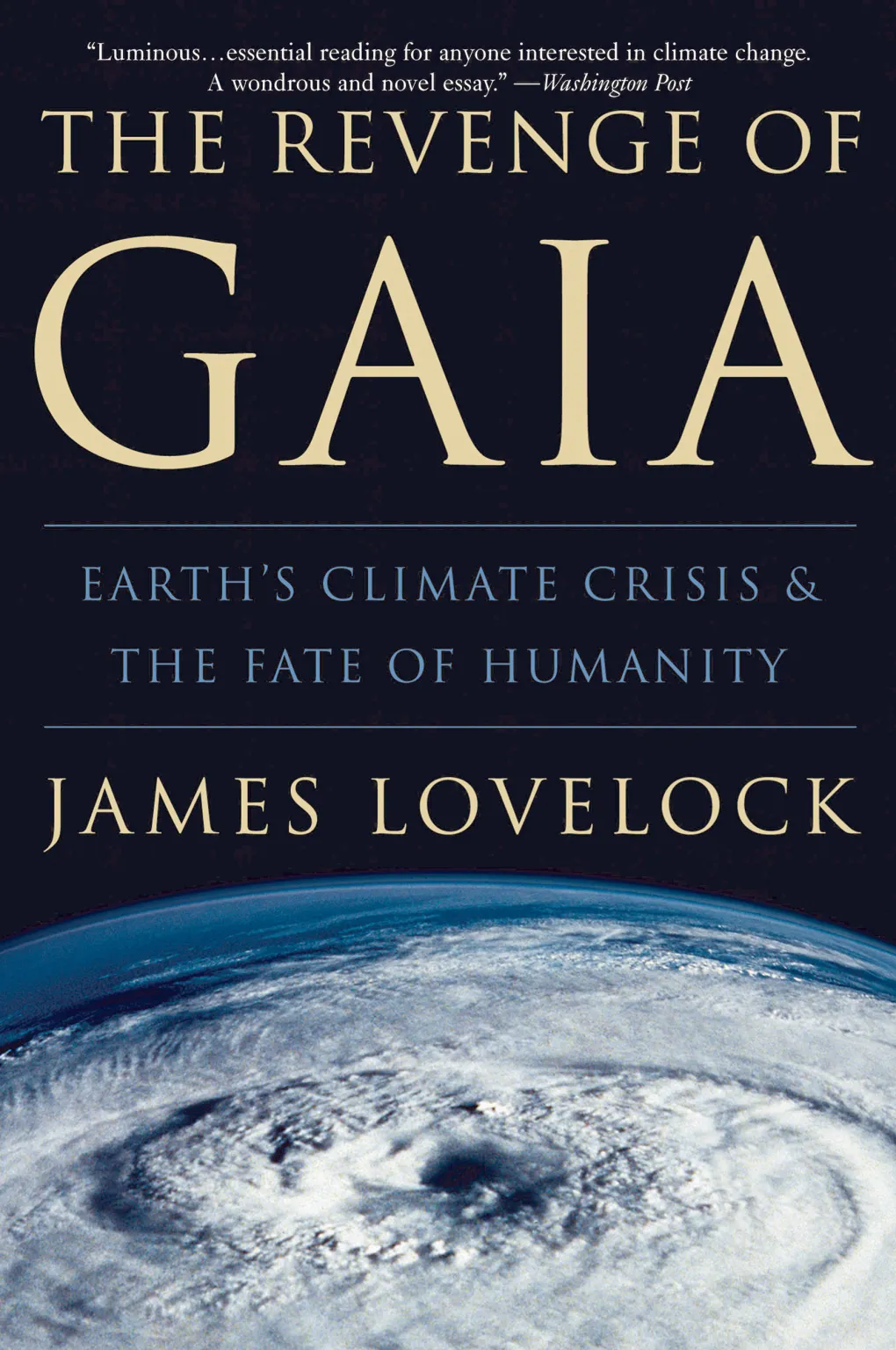
James Lovelock, whose influential Gaia theory views the entire Earth as a living meta-organism, provides a serious look at the imminent global crisis in The Revenge of Gaia. In this disturbing book, Lovelock guides readers toward a hard reality: soon, humans may not be able to alter the oncoming climate crisis. Lovelock’s Gaia theory, widely engaged by modern climate science, conceives of the Earth, including the atmosphere, oceans, biosphere and upper layers of rock, as a single living superorganism, regulating its internal environment much as an animal regulates its body temperature and chemical balance. But now, says Lovelock, that organism is sick. It is running a fever born of the combination of a sun whose intensity is slowly growing over millions of years, and an atmosphere whose greenhouse gasses have recently spiked due to human activity. Earth will adjust to these stresses, but on time scales measured in the hundreds of millennia. It is already too late, Lovelock says, to prevent the global climate from “flipping” into an entirely new equilibrium state that will leave the tropics uninhabitable, and force migration to the poles. The Revenge of Gaia explains the stress the planetary system is under and how humans are contributing to it, what the consequences will be, and what humanity must do to rescue itself.
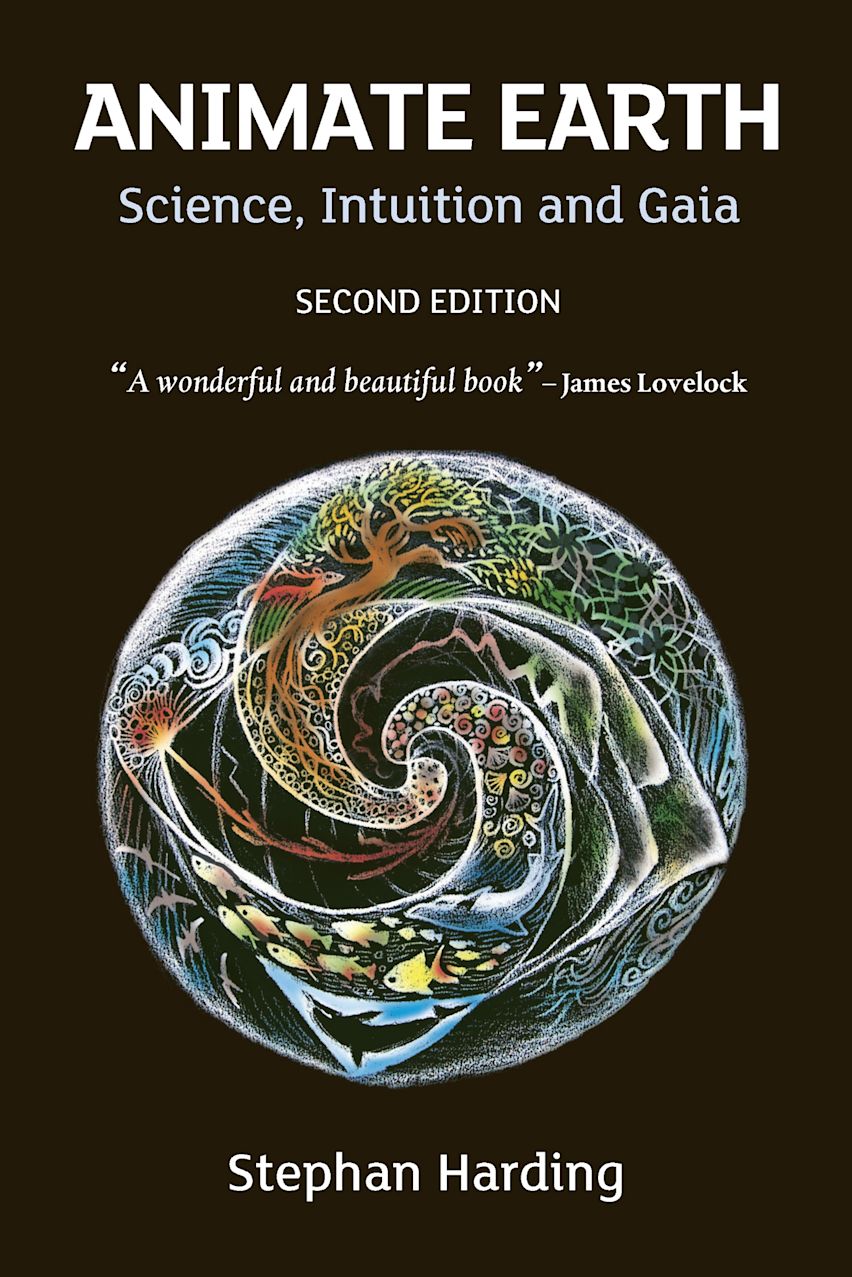
In Animate Earth, Stephan Harding explores how Gaian science can help humans to develop a sense of connectedness with the “more-than-human” world. His work is based on a careful integration of rational scientific analysis with human intuition, sensing and feeling—a vitally important task at this time of severe ecological and climate crisis. Animate Earth argues that humans need to establish a right relationship with the planet as a living entity in which they are indissolubly embedded–and to which, in the final analysis, humans are all accountable. The book inspires the reader to connect with a profound sense of the intrinsic value of the Earth, and to discover what it means to live as harmoniously as possible within a sentient creature of planetary proportions.
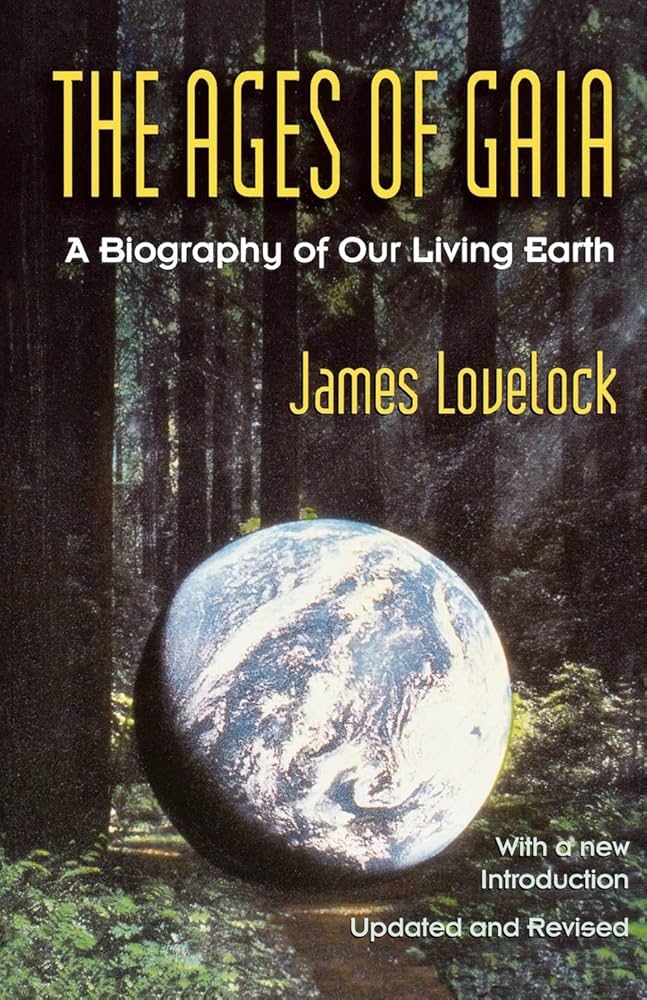
In his first book, Gaia: A New Look at Life on Earth, Jim Lovelock proposed a startling new theory of life: the Earth, its rocks, oceans, atmosphere and all living things, are part of one great organism, evolving over the vast span of geological time. In this sequel, originally published in 1988, he examines environmental and scientific issues in detail, including the greenhouse effect, acid rain, the depletion of the ozone layer, and the destruction of tropical forests.
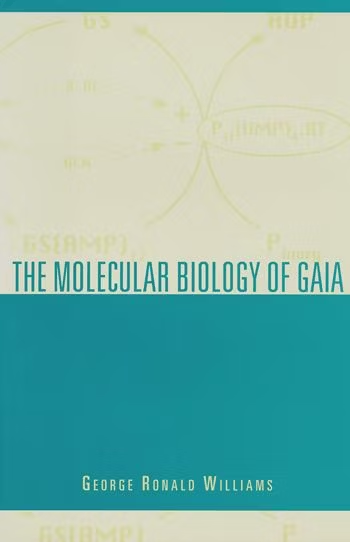
The Gaia hypothesis, set forth by British scientist James Lovelock, has widely influenced environmentalists and the general public alike. Overall, however, the scientific community has been remarkably less receptive. The Molecular Biology of Gaia is a compelling integration of the hypothesis in terms of molecular biology.
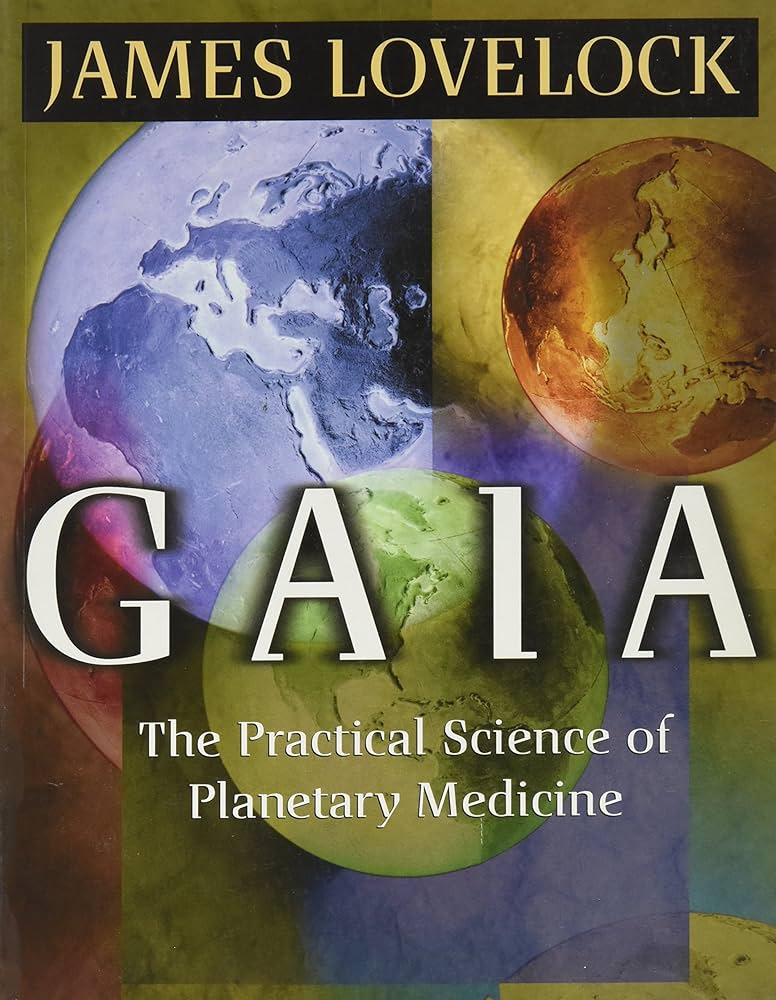
James Lovelock’s hypothesis, that the Earth is a living organism, has changed people’s view of the world. This book addresses planetary health, the diagnosis of its sickness, prognosis for recovery and prescriptions for treatment. Is the ozone layer an early warning symptom of a planetary illness? Is the human race a multiplying disease organism? Is the illness fatal? Can it be treated? These are some of the questions posed in this book by the originator of the Gaia hypothesis.
Photo Credit: Francesco Ungaro/Unsplash